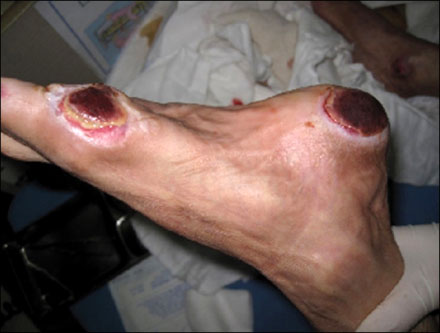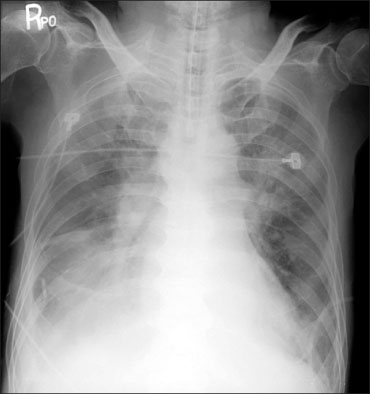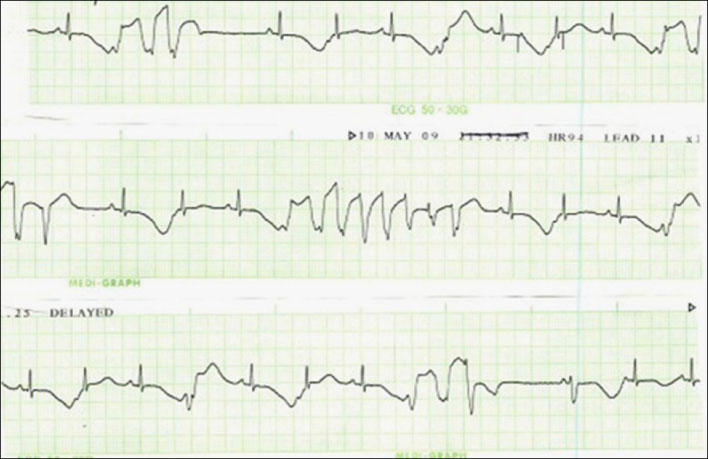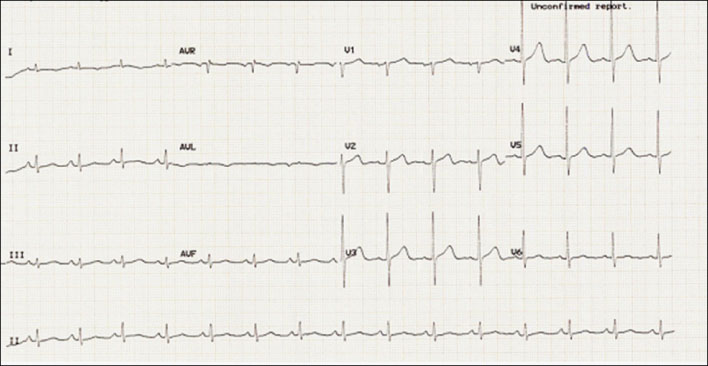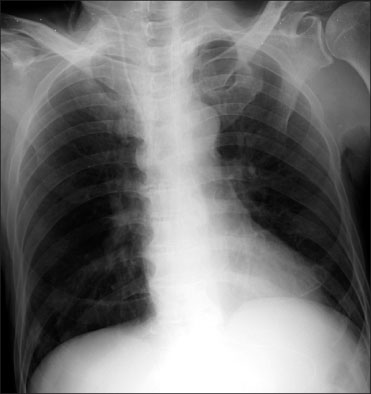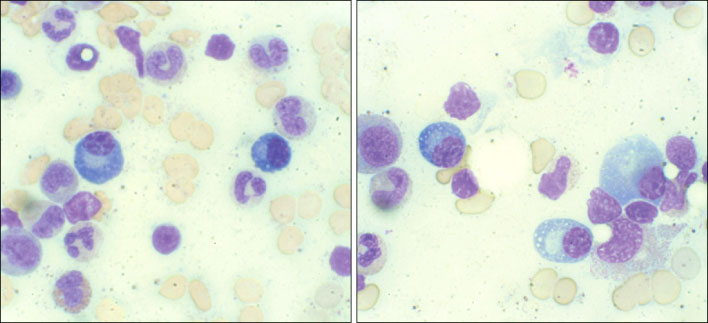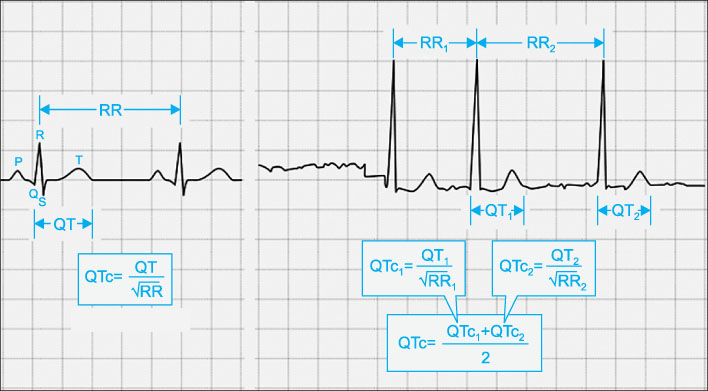Tuberc Respir Dis.
2010 Dec;69(6):474-479.
Levofloxacin and Torsades de Pointes
- Affiliations
-
- 1Department of Internal Medicine, Hallym University College of Medicine, Seoul, Korea. kimch2002@hallym.or.kr
- 2Department of Plastic and Reconstructive Surgery, Hallym University College of Medicine, Seoul, Korea.
- 3Department of Laboratory Medicine, Hallym University College of Medicine, Seoul, Korea.
Abstract
- Torsades de pointes associated with a prolonged QT interval is a life-threatening arrhythmia, which may be induced by any of the following: drugs, electrolyte imbalances, severe bradycardia and intracranial hemorrhage. Torsades de pointes is characterized by beat-to-beat variations in the QRS complexes in any ECG leads with rates of 200~250 per minute. Fluoroquinolones are widely used and well tolerated antibacterial agents. However, prolongation of the QT interval leads rarely to Torsades de pointes as a significant adverse effect. So, it should be used with caution in high-risk patients for developing Torsades de pointes. We report one case of 67-year old man with contact burns who experienced Torsades de pointes, which probably resulted from the use of levofloxacin, and no further episode occurred after its withdrawal.
Keyword
MeSH Terms
Figure
Reference
-
1. Owens RC Jr, Ambrose PG. Antimicrobial safety: focus on fluoroquinolones. Clin Infect Dis. 2005. 41:Suppl 2. S144–S157.2. Dessertenne F. La tachycardie ventriculaire à deux foyers opposés variables [Ventricular tachycardia with 2 variable opposing foci]. Arch Mal Coeur Vaiss. 1966. 59:263–272.3. Roden DM. Drug-induced prolongation of the QT interval. N Engl J Med. 2004. 350:1013–1022.4. Viskin S, Justo D, Halkin A, Zeltser D. Long QT syndrome caused by noncardiac drugs. Prog Cardiovasc Dis. 2003. 45:415–427.5. Kay GN, Plumb VJ, Arciniegas JG, Henthorn RW, Waldo AL. Torsade de pointes: the long-short initiating sequence and other clinical features: observations in 32 patients. J Am Coll Cardiol. 1983. 2:806–817.6. Kim JH, Nam GB, Lim JM, Huh JW, Kim SY, Rhee KS, et al. A case of ofloxacin-induced torsades de pointes and abnormal ECG change mimicking acute myocardial infarction. Korean Circ J. 2002. 32:815–819.7. Kwon JW, Kang WC, Lee MH, Ahn SK, Kim SS. A case of hydroxyzine induced torsades de pointes. Korean Circ J. 1998. 28:1011–1016.8. Park SJ, Kim KH, Kim JS, Ryu JC, Joo SB, Gwon HC, et al. Torsades de Pointes after combined treatment of terfenadine and ketoconazole. Korean J Med. 1998. 54:124–130.9. Letsas KP, Alexanian IP, Pappas LK, Kounas SP, Efremidis M, Sideris A, et al. QT interval prolongation and torsade de pointes associated with indapamide. Int J Cardiol. 2006. 112:373–374.10. Patel PD, Afshar H, Birnbaum Y. Levofloxacin-induced torsades de pointes. Tex Heart Inst J. 2010. 37:216–217.11. Frothingham R. Rates of torsades de pointes associated with ciprofloxacin, ofloxacin, levofloxacin, gatifloxacin, and moxifloxacin. Pharmacotherapy. 2001. 21:1468–1472.12. Noel GJ, Natarajan J, Chien S, Hunt TL, Goodman DB, Abels R. Effects of three fluoroquinolones on QT interval in healthy adults after single doses. Clin Pharmacol Ther. 2003. 73:292–303.13. Tsikouris JP, Peeters MJ, Cox CD, Meyerrose GE, Seifert CF. Effects of three fluoroquinolones on QT analysis after standard treatment courses. Ann Noninvasive Electrocardiol. 2006. 11:52–56.14. Kang J, Wang L, Chen XL, Triggle DJ, Rampe D. Interactions of a series of fluoroquinolone antibacterial drugs with the human cardiac K+ channel HERG. Mol Pharmacol. 2001. 59:122–126.15. Bazett HC. An analysis of the time-relations of electrocardiograms. Heart. 1920. 7:353–370.
- Full Text Links
- Actions
-
Cited
- CITED
-
- Close
- Share
- Similar articles
-
- A Case of Torsades de Pointes Induced by Cisapride
- A Case of Hydroxyzine Induced Torsades de Pointes
- Cardiac Arrest Related to Torsades de Pointes in a Patient Recovering from Diabetic Ketoacidosis
- Torsades de Pointes during Treatment of Tachycardia-Induced Cardiomyopathy
- A Case of Torsades de Pointes Induced by Complete Atrioventricular Block and Hypokalemia

